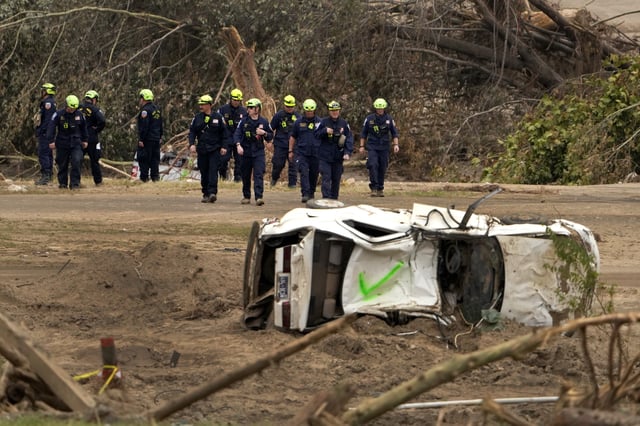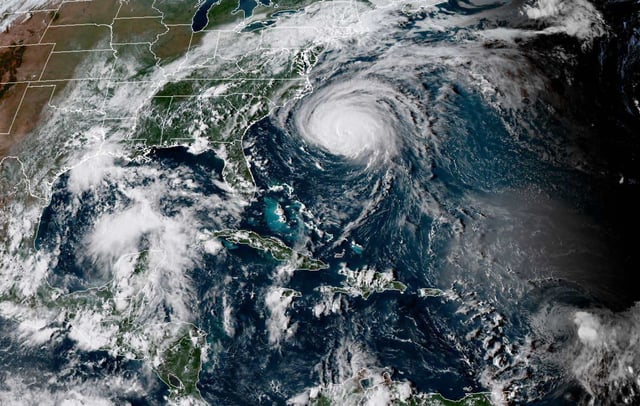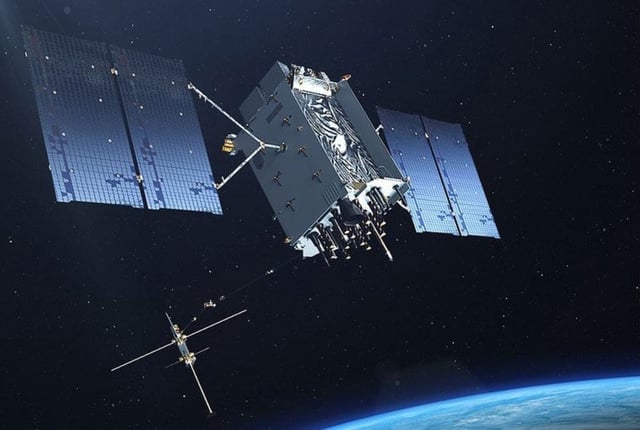Overview
- The U.S. Navy will continue sharing Defense Meteorological Satellite Program microwave data with NOAA until sensors fail or the program formally ends in September 2026.
- Special Sensor Microwave Imager Sounder observations are vital for diagnosing hurricanes’ internal structure and monitoring polar sea ice, underpinning forecasts and climate research.
- Defense officials accelerated a planned cutoff from September 2026 to June 30, 2025, citing cybersecurity risks and IT modernization requirements.
- Warnings that losing half of the microwave data would hinder rapid intensification detection and disrupt long-term environmental records prompted government and scientific partners to demand extensions.
- With next-generation systems like the Weather System Follow-on Microwave not yet fully available, forecasters remain reliant on aging DMSP satellites operating well past their intended lifespan.



